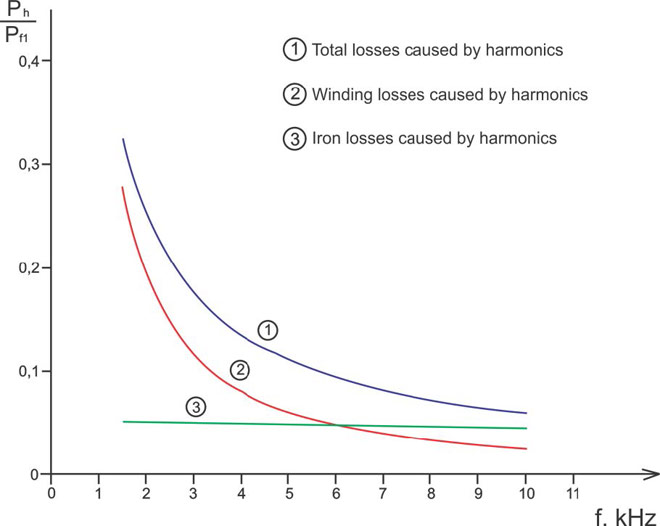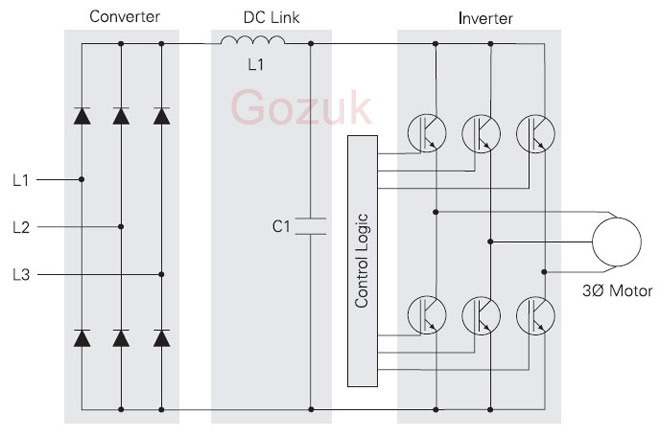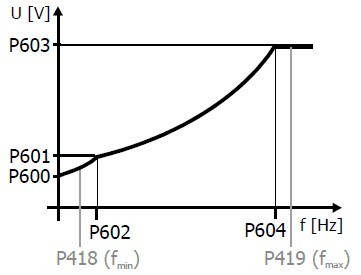Water hammer
Water hammer is the consequence of a hydraulic transient. The transient that is the most extreme, and is therefore most easily understood, is "pressure rise" associated with sudden valve closure on flow reversal, say, when a pump stops due to power failure.
However, in the real world, there is no such thing as sudden valve closure, and transients happen all the time, when pumps start, stop, valves open and close, flow reversal occurs due to changes in demand, etc.
Protection against damage caused by transients that result in conditions not planned (i.e. designed) for require careful and specific analysis.
Regarding pressure relief (do nothing to relieve transient conditions), air and vacuum valve (allow air to enter pipeline on column separation and can be effective) surge tanks (must be sized to catch the "wave"), VFDs (effective at reducing transients with slow start and stop, provided there is power), timed valves (timing is critical, and may be long 45-60 seconds, or very short).
All of the above may play roles in controlling transients so that the pressure rating of the piping system is not exceeded. Before implementing any of them, a high degree of understanding of the conditions leading to transients, the high pressure associated with transients and their location must be known.
There is no product solution to this problem, nor is there a blanket recommendation that should be employed. Transient analysis is a specialized field of hydraulics, and although there are many tools (analytical models) available, experience and knowledge are required to effectively use these tools and solve the problems.
However, in the real world, there is no such thing as sudden valve closure, and transients happen all the time, when pumps start, stop, valves open and close, flow reversal occurs due to changes in demand, etc.
Protection against damage caused by transients that result in conditions not planned (i.e. designed) for require careful and specific analysis.
Regarding pressure relief (do nothing to relieve transient conditions), air and vacuum valve (allow air to enter pipeline on column separation and can be effective) surge tanks (must be sized to catch the "wave"), VFDs (effective at reducing transients with slow start and stop, provided there is power), timed valves (timing is critical, and may be long 45-60 seconds, or very short).
All of the above may play roles in controlling transients so that the pressure rating of the piping system is not exceeded. Before implementing any of them, a high degree of understanding of the conditions leading to transients, the high pressure associated with transients and their location must be known.
There is no product solution to this problem, nor is there a blanket recommendation that should be employed. Transient analysis is a specialized field of hydraulics, and although there are many tools (analytical models) available, experience and knowledge are required to effectively use these tools and solve the problems.
A phenomena you will get more severe with centrifugal pumps. With these pumps - other than with displacement pumps - the high pressure site (discharge) is separated from the low pressure site (suction) by the pump energy.
When the pump trips - no pumping energy - there is an open connection between discharge and suction with a reverse of the flow.
This reversed flow will be stopped by the check valve with a Joukowsky push and a number of pressure oscillations in the downstream system as a result. The severity of it is a function of the mass of this downstream system.
When the pump trips - no pumping energy - there is an open connection between discharge and suction with a reverse of the flow.
This reversed flow will be stopped by the check valve with a Joukowsky push and a number of pressure oscillations in the downstream system as a result. The severity of it is a function of the mass of this downstream system.
Hydraulic hammer is common phenomenon in fluid pumping. In case of stopping of the pumping and flow in the line energy conversion is with abrupt rise of hydraulic head in reverse direction which is eventually accompanied with a hammering sound and vibration. To avoid this and possibility of any damage the NRVs and relief valves may be provided in the system. Water and waste pumping systems are equipped with relief valves.
Post a Comment:
You may also like:
Featured Articles
Variable frequency drive Rectifier
 To understand variable frequency drive (VFD) better, it's necessary to explain some of the main parts of the variable frequency ...
To understand variable frequency drive (VFD) better, it's necessary to explain some of the main parts of the variable frequency ...
 To understand variable frequency drive (VFD) better, it's necessary to explain some of the main parts of the variable frequency ...
To understand variable frequency drive (VFD) better, it's necessary to explain some of the main parts of the variable frequency ...VFD controlled Induction motor ...
 This paper presents a procedure to measure the efficiency on an induction motor fed by a VFD by the all operation range to speed ...
This paper presents a procedure to measure the efficiency on an induction motor fed by a VFD by the all operation range to speed ...
 This paper presents a procedure to measure the efficiency on an induction motor fed by a VFD by the all operation range to speed ...
This paper presents a procedure to measure the efficiency on an induction motor fed by a VFD by the all operation range to speed ...VFD: Pulse Width Modulation (PWM)
 Pulse Width Modulation (PWM) VFDs provide a more sinusoidal current output to control frequency and voltage supplied to an AC ...
Pulse Width Modulation (PWM) VFDs provide a more sinusoidal current output to control frequency and voltage supplied to an AC ...
 Pulse Width Modulation (PWM) VFDs provide a more sinusoidal current output to control frequency and voltage supplied to an AC ...
Pulse Width Modulation (PWM) VFDs provide a more sinusoidal current output to control frequency and voltage supplied to an AC ...Variable frequency drive Advantages & ...
VFDs are good for variable speed, in a water pump this is used to maintain a steady pressure, they will smooth out variances in ...
Variable frequency drive Energy saving
 Energy can be saved in a VFD by reducing the losses in the electric motor or by reducing the energy consumption of the variable ...
Energy can be saved in a VFD by reducing the losses in the electric motor or by reducing the energy consumption of the variable ...
 Energy can be saved in a VFD by reducing the losses in the electric motor or by reducing the energy consumption of the variable ...
Energy can be saved in a VFD by reducing the losses in the electric motor or by reducing the energy consumption of the variable ...
VFD manufacturers

I have personally come across pipeline rupture and valve disintegration due to water hammer phenomenon.
Variable frequency drive (VFD) by itself will not eliminate risk of water hammer, if there is a power failure. If VFD is used, pump discharge will come to zero long before pump comes to a stop when closing head is less than system head.
This solution can not be used for slurry pumps. Reducing flow rates below certain level will result in solids settling down and choking up discharge pipe.
Water hammer effect has to be studied for each case separately. It depends on length of pipeline and speed of flow stoppage. There is a minimum safe closing speed for each installation. Pump discharge needs to close after this safe time has elapsed. This can be done in a variety of ways. Some of these are - damped NRV, time controlled hydro-pneumatic valves, electrically operated valves with long closing times, installation of surge tank on pipeline, installation of pressure relief valve on pipeline (not permitted for petroleum product lines). If you are handling a slurry pipeline, you may need bypass drain line back to suction sump with motor speed control by way of some braking.
You will note that there is no magic universal solution.